I saw Pippin when I did the morning chores and she was her usual curious and cute self.
This evening when I went to water the pigs and check the critters, Pippin was nowhere to be seen. I found her lying down in the goat barn, feet in the air, a terrible sign. I ran to her and called her name but it was too late. I lost my little girl tonight. She had a distended belly and had the runs sometime during the day. The goats have been getting barley to supplement this year's poor quality of hay and she was used to it, so it could not have been that. The only explanation is that she ate too much of the donkey's and bird's grain, which has wheat in it, a feed that is considered dangerous for goats. I feed the donkey away from the goats, but there is a spot where she might have been able to squeeze her head through or may have to get the grain. I am so so very sad.
Pippin was my bottle fed baby. She was my baby, a cute little Nygerian Dwarf and Angora kid. For a while she went to live at another home but she came back to me and I have loved her always. Sure, sometimes she was a bit of a pain, as bottle babies can be, but now that she was mature, a beautiful if not stunning two year old doeling, she was perfect. She was bred and although I do not know it for sure, I think she was carrying twins.
My heart is broken. Goodbye my dearest little one. I will truly miss you.


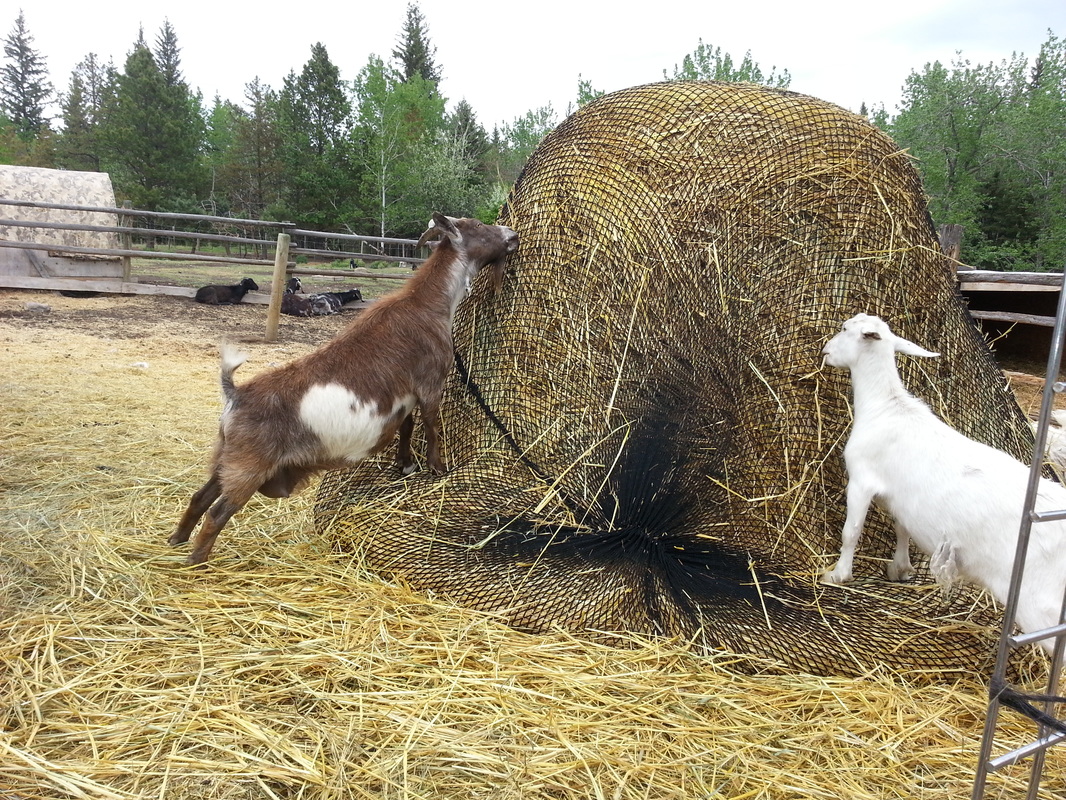
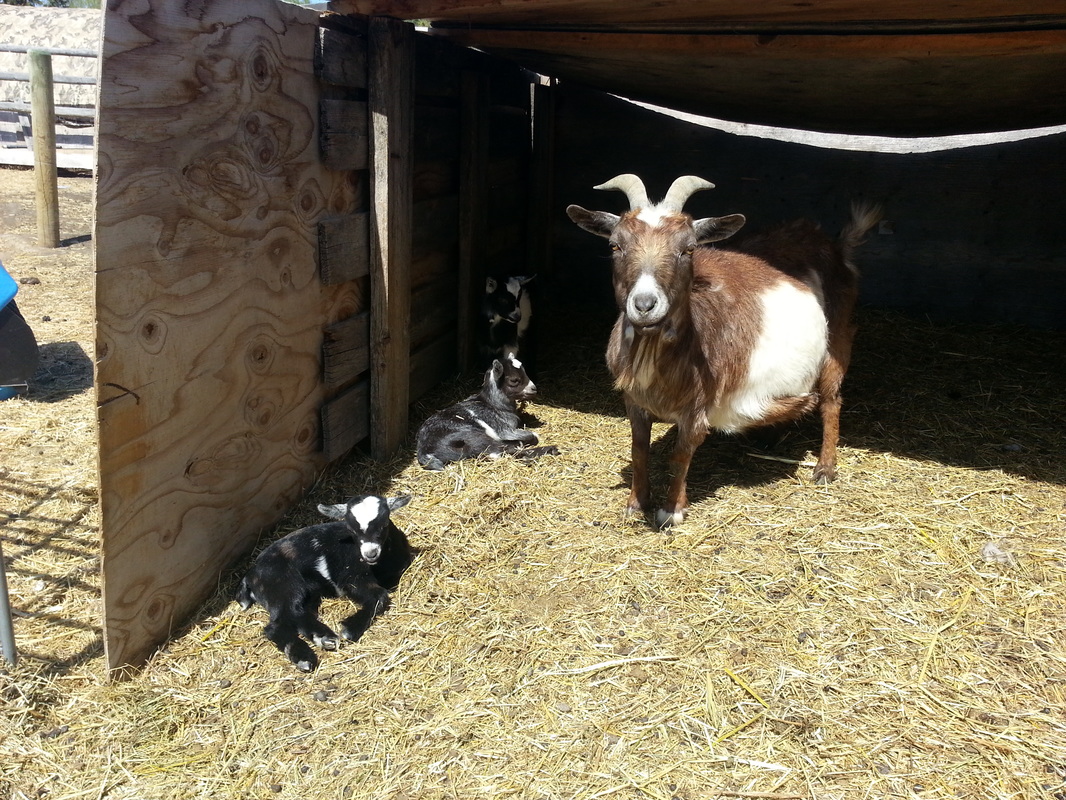
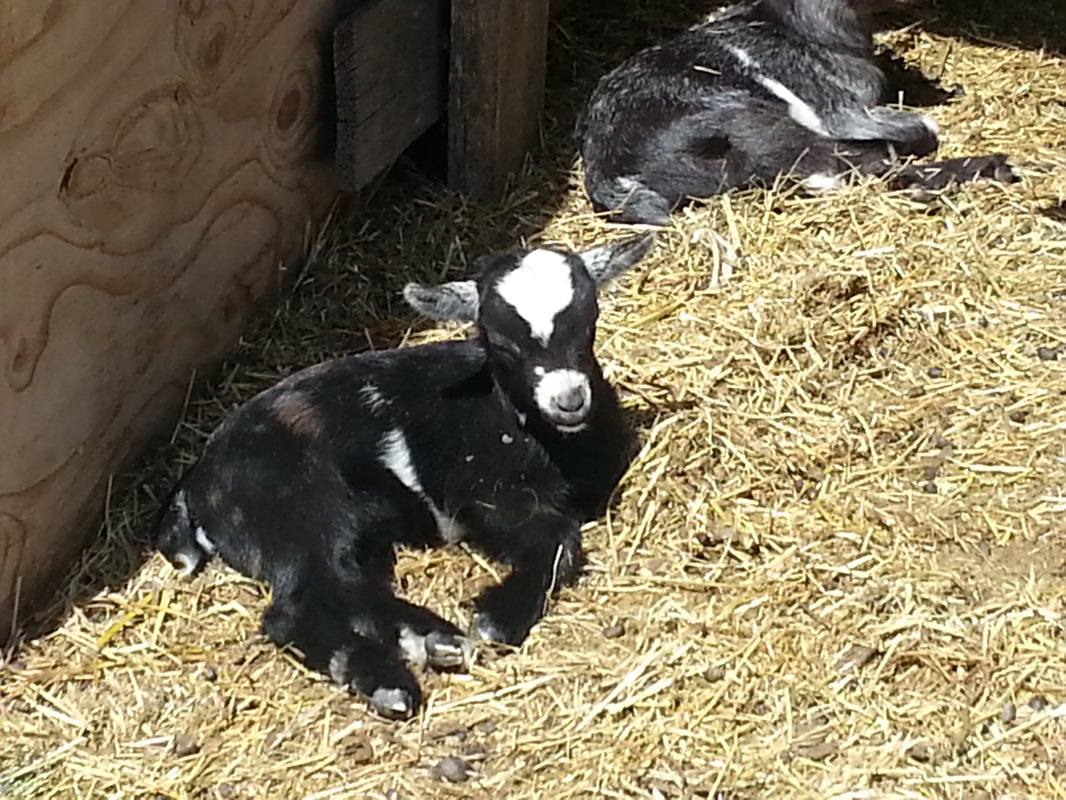
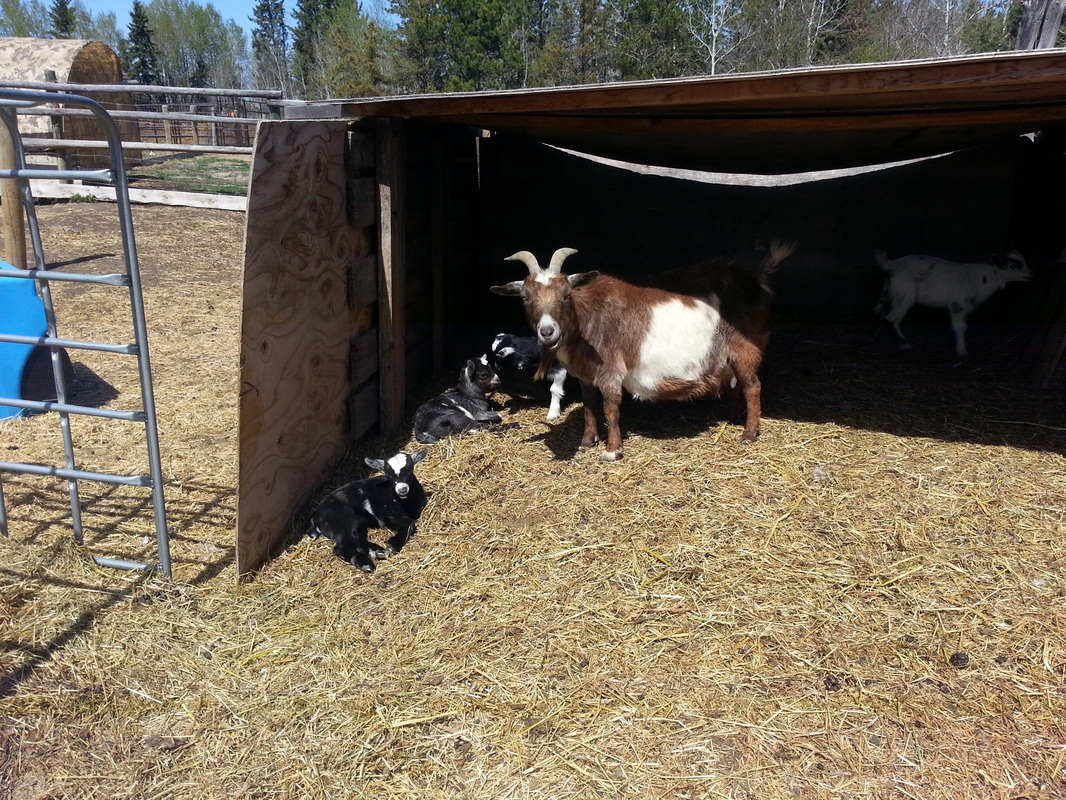
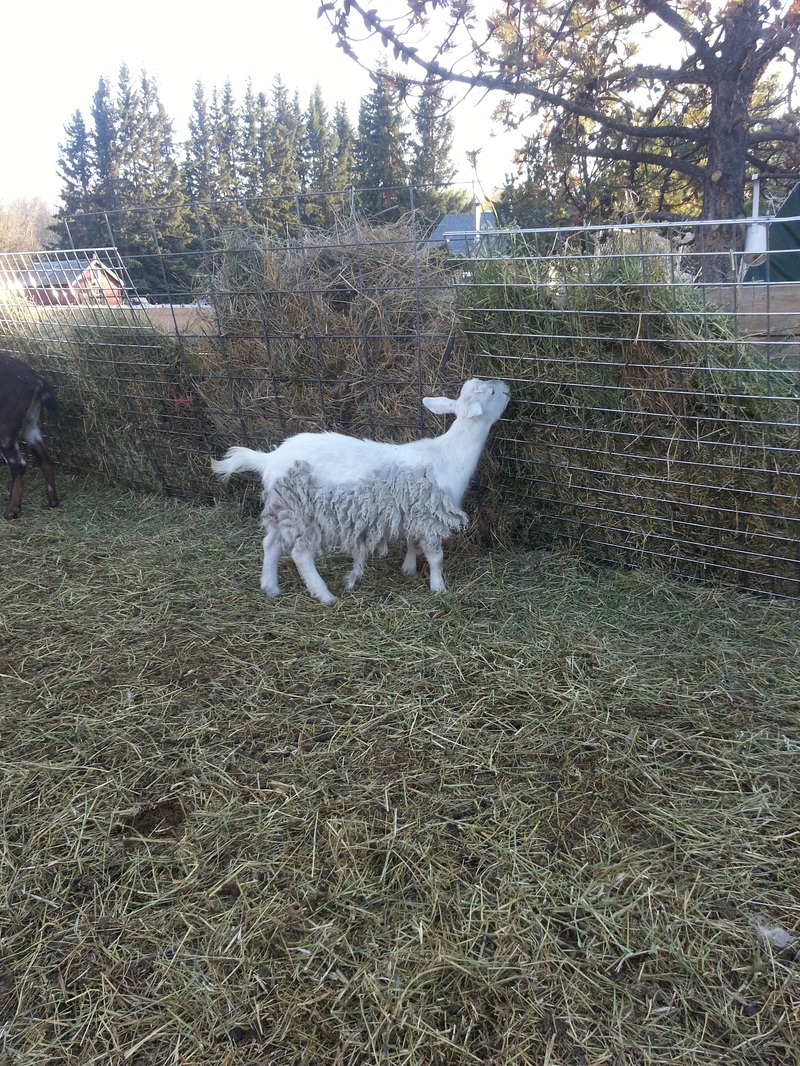
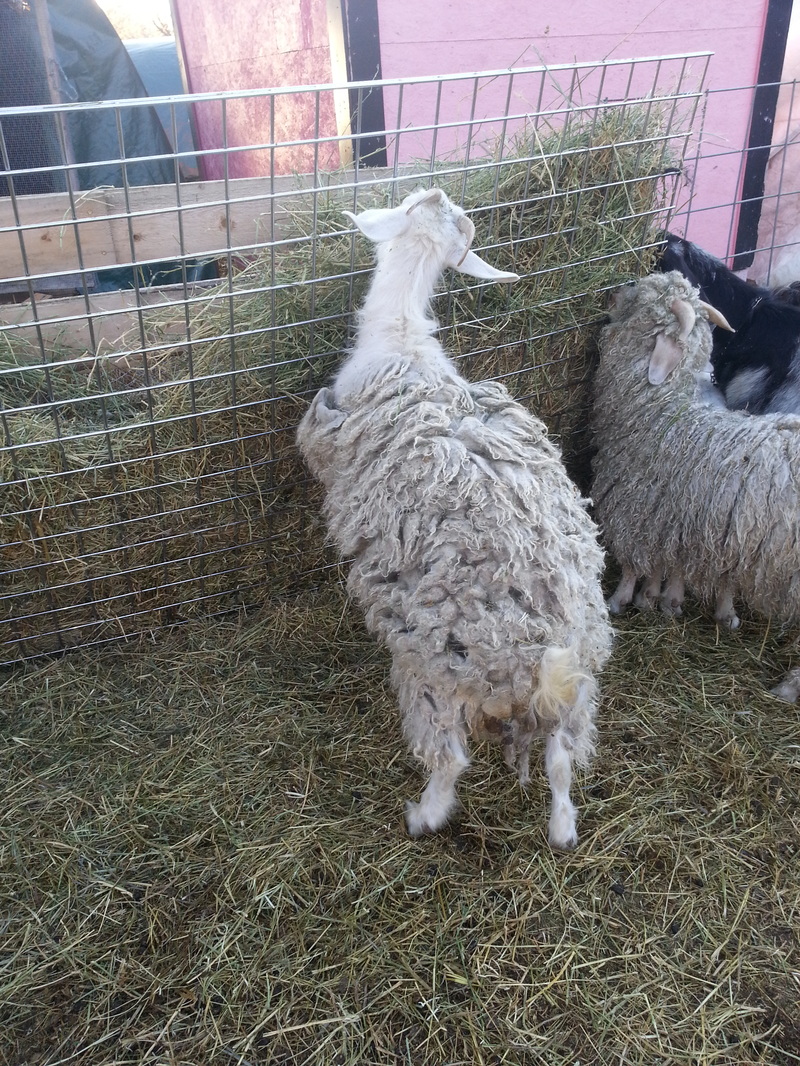
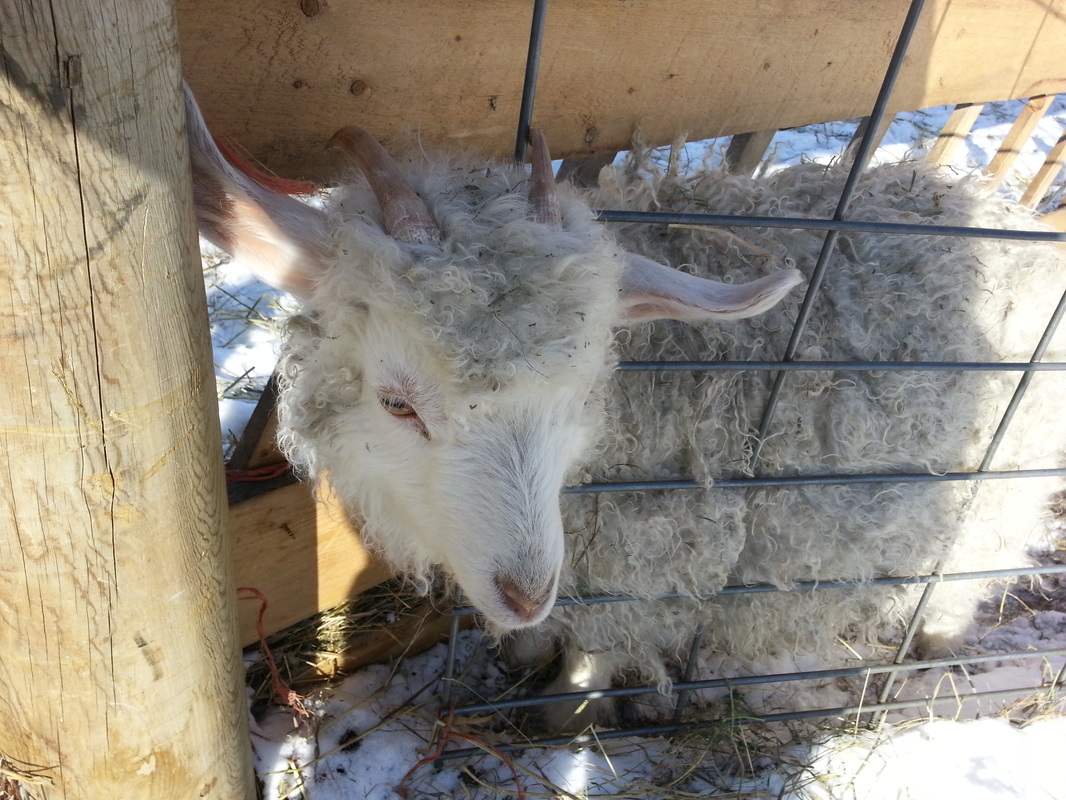
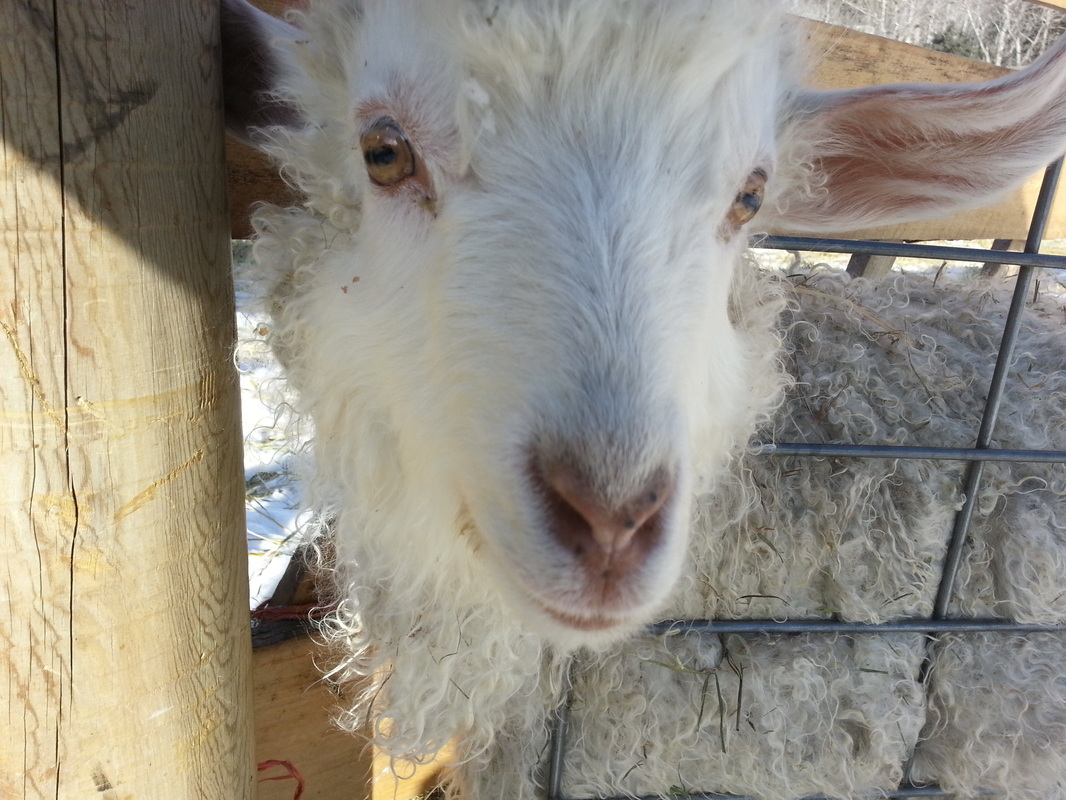
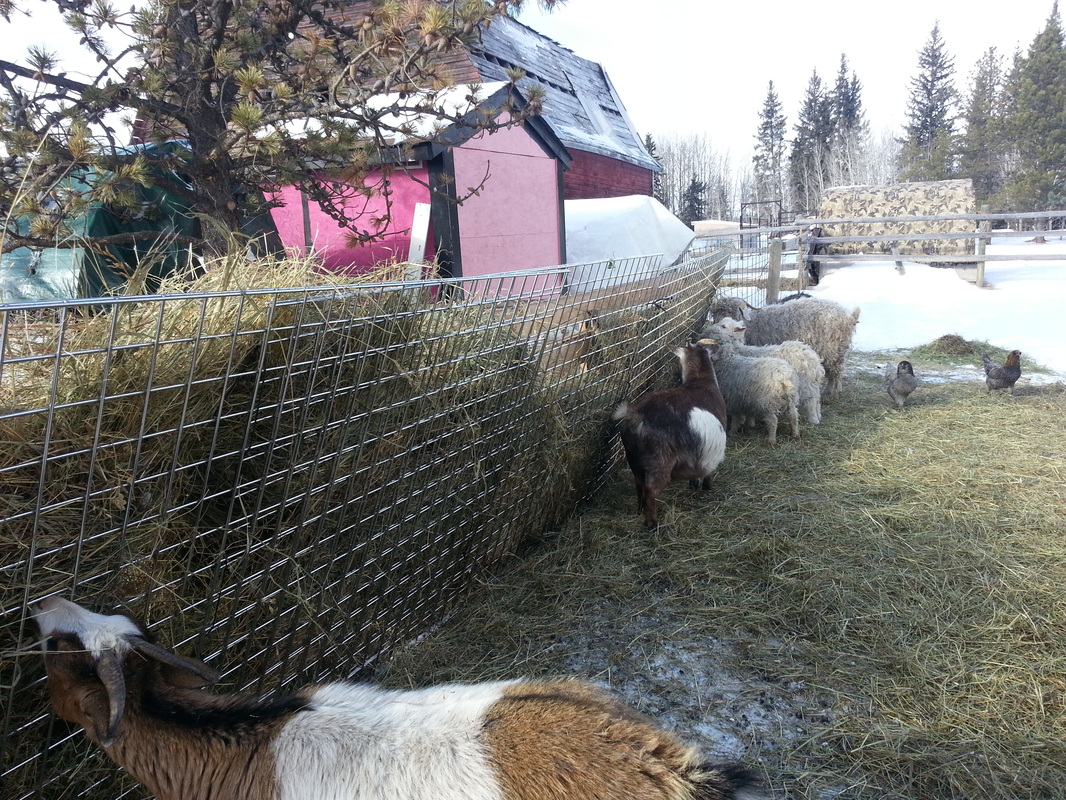
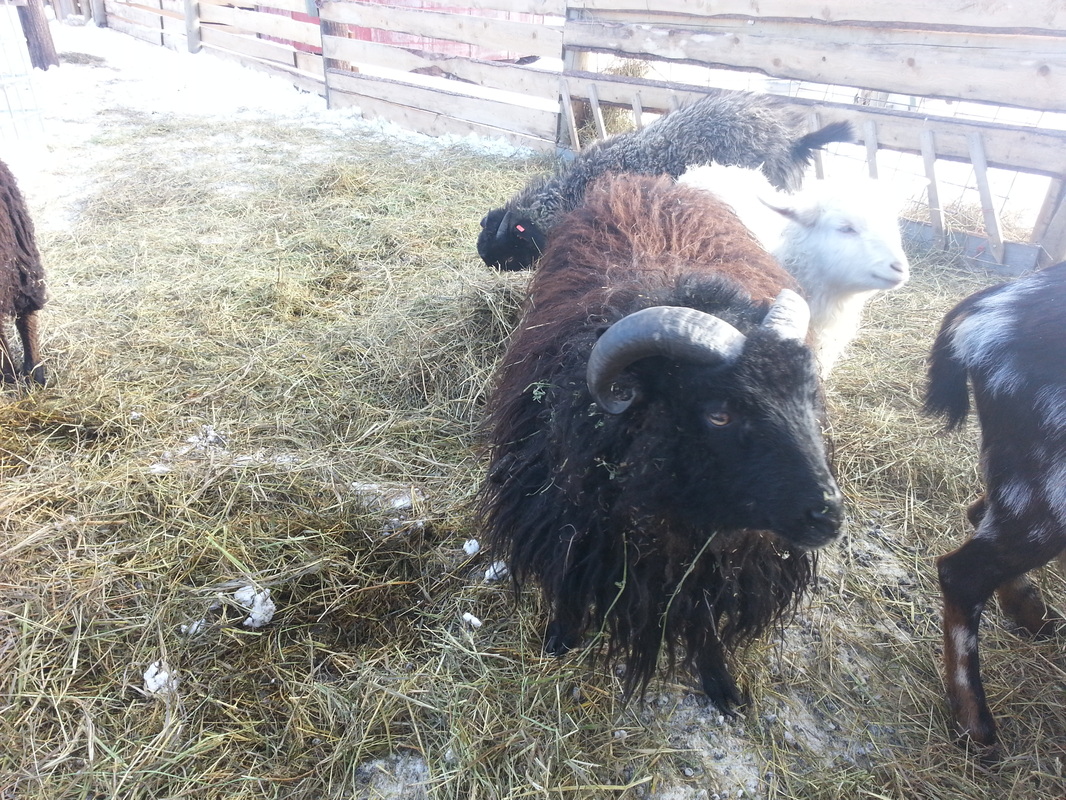
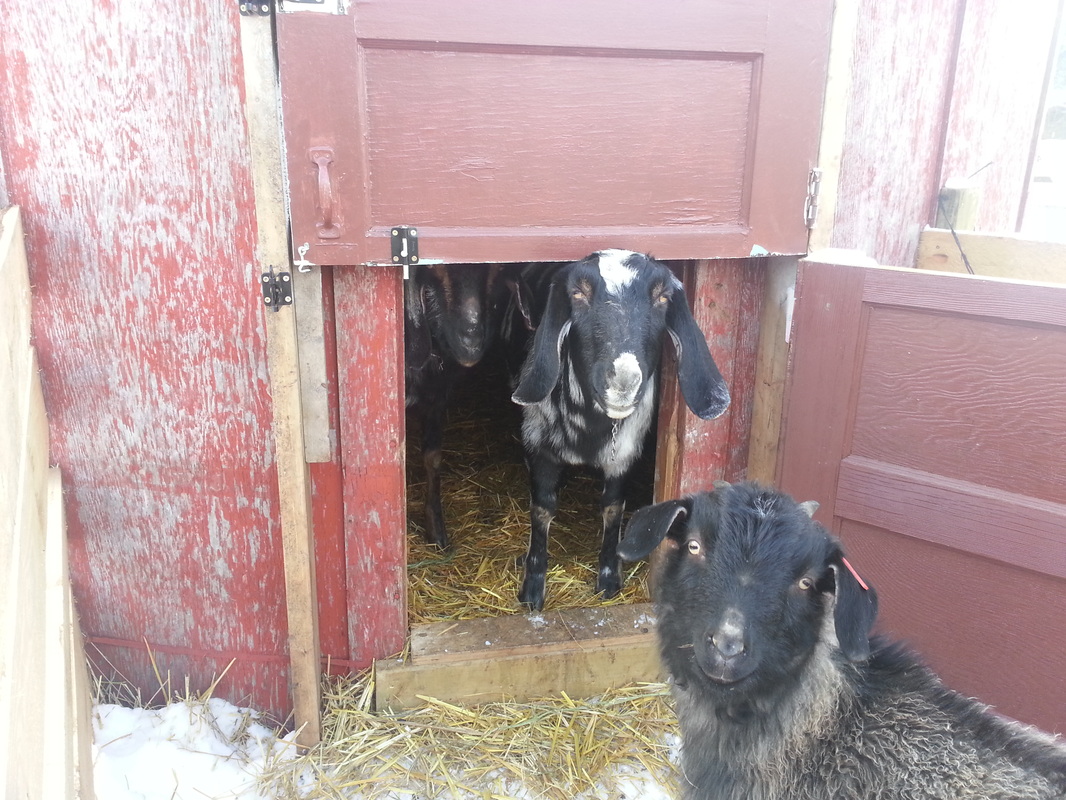
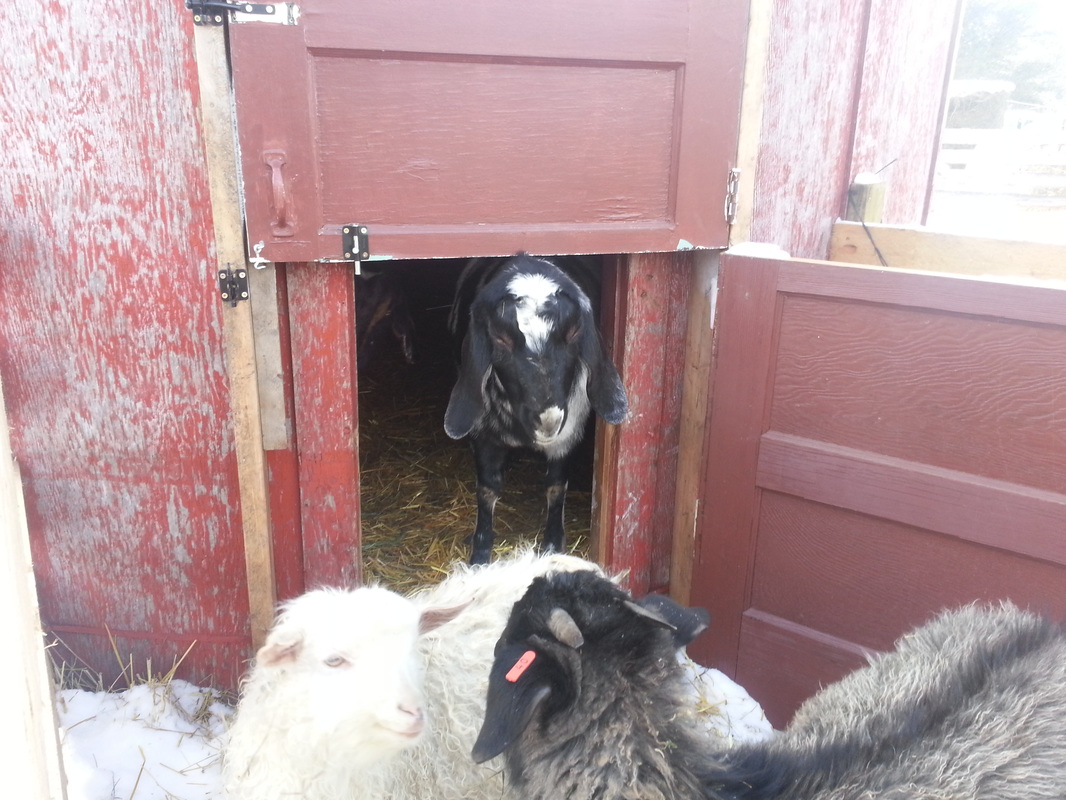
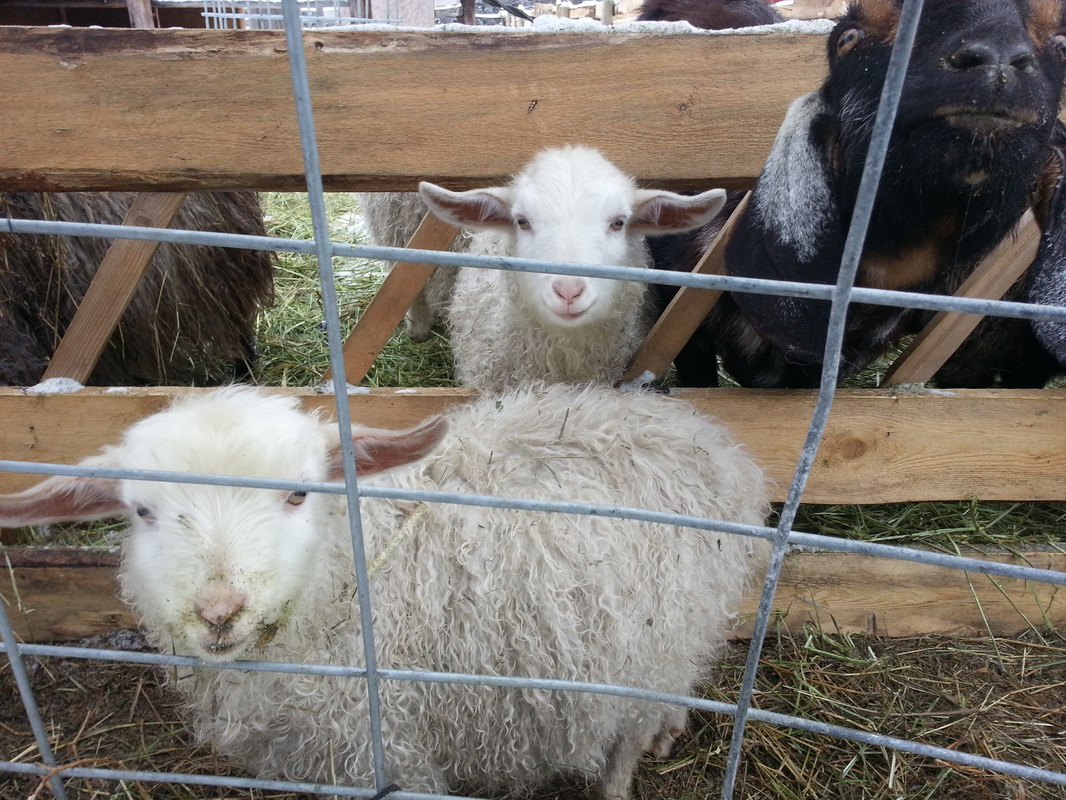
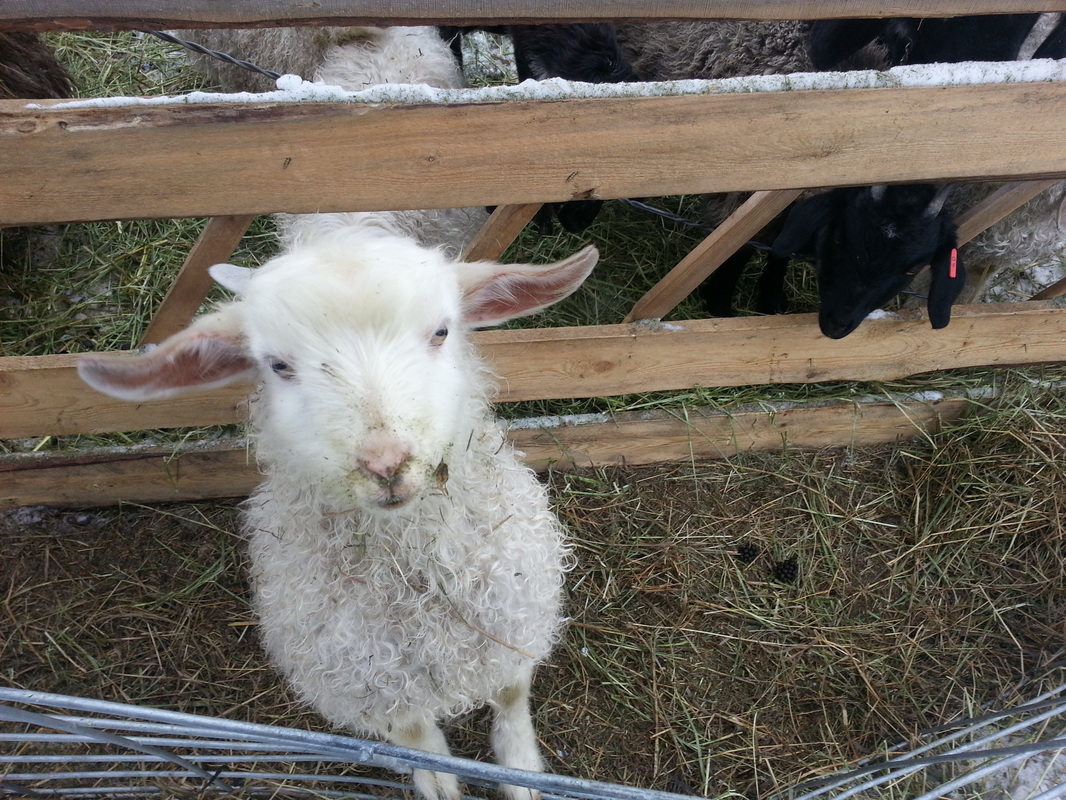
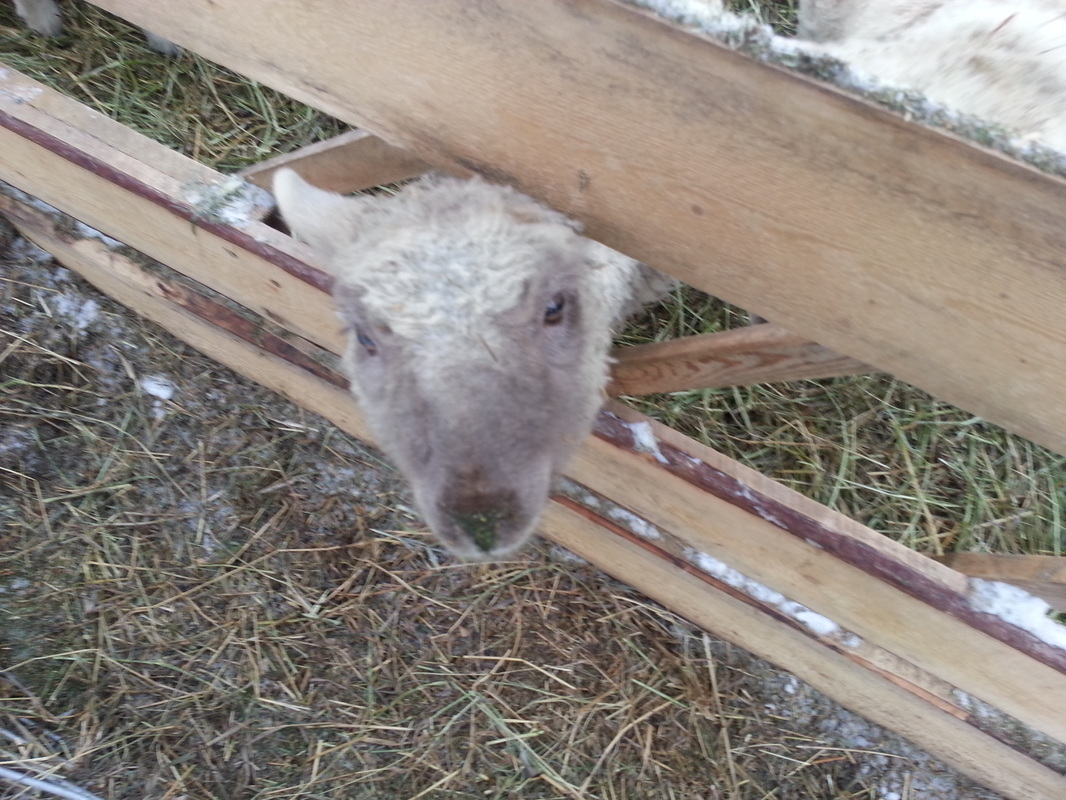
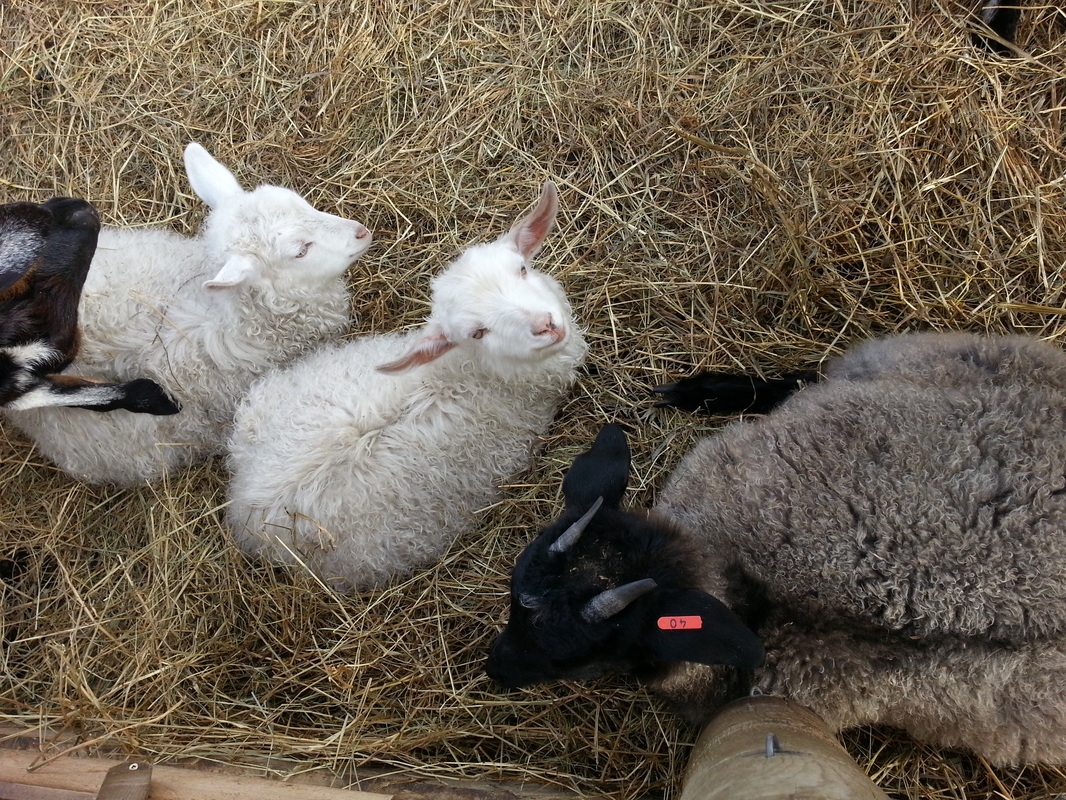
 RSS Feed
RSS Feed